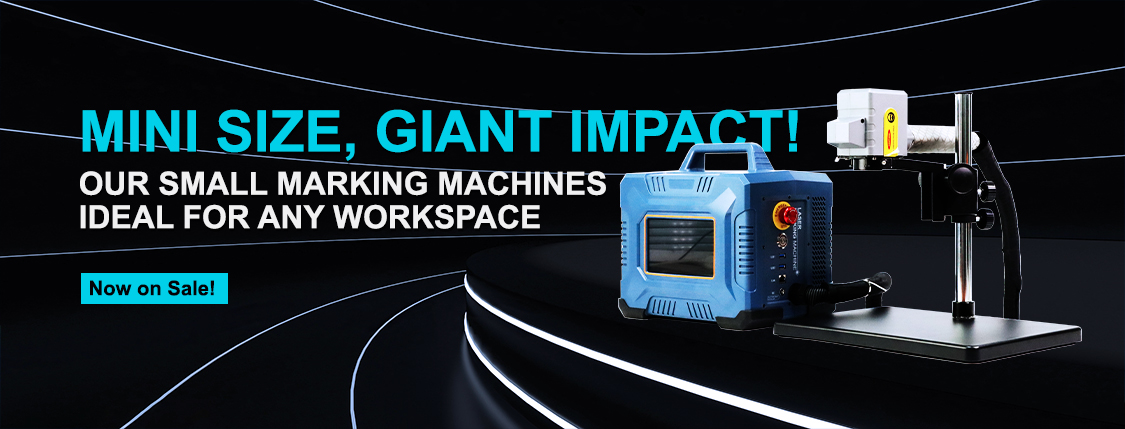Optical phrases for beauty instruments
A photon is an fundamental particle, a quantum of electromagnetic radiation. In quantum subject theory, it is the pressure provider that transmits the electromagnetic force.
Light spots/spots are few and a ways between
Light spot is the contact factor of mild contact skin, distinctive units have specific mild output measurement and shape. Such as coloration mild instrument contact factor is commonly rectangular, measurement marked as lengthy x large (for example: 10mm x 25mm). Generally, the laser output is a dot, and the measurement is marked as the diameter (e.g., 3mm, 8mm, etc.). Some lasers will be output in a dot matrix, laser in very small (say 100um) and output in arrays
Injection volume
The injection volume is associated to the quantity of mild spot and the complete power output: injection extent (J/cm2) = strength output (J)/cross-sectional vicinity of mild (cm2) Injection volume is the unit of power used with the aid of laser/color light on the pores and skin surface, generally with the wide variety of joules per rectangular centimeter (J/cm2)
Is the common electricity required per rectangular centimeter (cm2). The quantity of laser/color mild transmitted should be enough to break the goal inside a special time. If the injection quantity is set unchanged, the large the spot area, the large the electricity output of the instrument wants to be. On the contrary, the smaller the spot area, the smaller the strength output of the instrument wants to be. At the operational level, the common quantity of strength obtained via the pores and skin is the equal no count how the measurement of the spot is changed, as lengthy as the fabulous injection is set. So now most contraptions can set the quantity of injection instead than the complete power output of the instrument.
Pulse width/duration
In addition to wavelength, pulse period is additionally an necessary component affecting the feature or impact of optical instruments. If mild power of the equal wavelength is output with one of a kind pulse duration, distinct features can be achieved. Pulse length refers to the anticipated time when the injection is delivered to the target. Under the unique injection amount, the electricity in the goal will amplify slowly with a longer pulse duration. However, the quick pulse length makes the goal electricity handy to be destroyed via immediate increase, which is associated to the warmth power emission time of the target.
Pulse length is essentially in seconds:
Longer in milliseconds (ms) as the unit, can be referred to as lengthy pulse;
The shorter pulse is in the unit of microsecond (μs), which can be referred to as quasi-length pulse/semi-length pulse.
The very quick ones, in the unit of nanosecond (ns), are referred to as Q-Switched. For example, the shortest nanosecond laser presently takes picosecond (ps) as the unit, that is, trillionth of a 2nd
Frequency
Some optical devices can set the Frequency of pulse output (Hz), that is, the range of pulses transmitted per second. For example, if set to 10Hz, the instrument will be always transmitted at a frequency of ten pulses per second
Output mode
Continuous Wave/ Mode: Continuous wave output is the non-stop output of mild waves after being enabled. The electricity acquired through the pores and skin depends on the size of time of publicity to mild waves.
Pulse output (Pulsed Mode): Pulsed mode
The pulse mode can be single pulse, a couple of pulse or non-stop pulse. A single pulse is when a unique electricity is emitted at a particular time. Multipulse is when a specific power is allotted evenly throughout countless pulses. A non-stop pulse skill that mild electricity is emitted constantly at a set frequency
Cooling
This refers to the cooling of the skin. The cooling device ensures that the pores and skin will no longer be heated too an awful lot to motive burns, specifically when the usage of greater strength instruments. Cooling can be divided into contact and non-contact, contact cooling examples would include: Ice (Ice Pack), the instrument is geared up with metallic or glass bloodless can also the first. Non-contact cooling examples would include: cooling fan, bloodless may additionally spray, etc.
Thermal Relaxation Time
Thermal leisure time (Thermal leisure time) is described as the time required for thermal strength to radiate from the easiest temperature to about half of (50%) of this temperature after the goal absorbs mild energy. This is the thermal electricity radiating time.
The most necessary factor is that the length of the pulse of mild electricity ought to no longer exceed the warmth dissipation time of the target, in any other case the warmness will radiate to the surrounding tissues, ensuing in tissue harm and viable scab formation. The warmness dissipation time will be affected via the right quantity and floor location of the target. The smaller the target, the shorter the warmness dissipation time, so the length of the laser pulse is shorter. If the period of the laser/color mild pulse is shorter than the warmness dissipation time of the target, the power will accumulate besides escaping to the tissues outdoor the target, and the temperature of the goal will be raised till it is destroyed except adverse the adjoining tissues.



